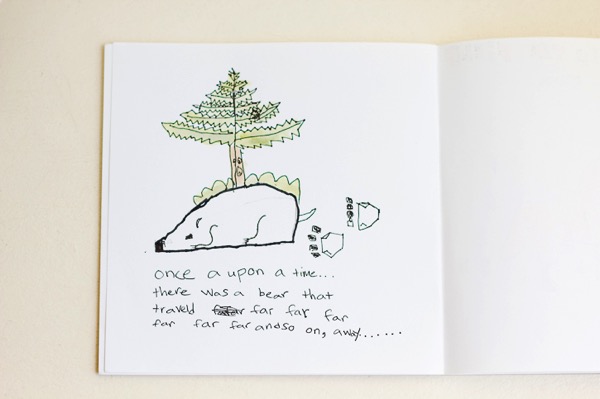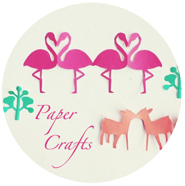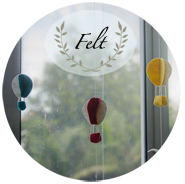Life seems to have shifted gears, and I am back into a slow moving, but contemplative period in my life.
Well I am generally contemplative most of the time  but this slow pace have put me in this mood to jot down my thoughts on paper, and use these thoughts and feelings constructively by trying to create something with them.
but this slow pace have put me in this mood to jot down my thoughts on paper, and use these thoughts and feelings constructively by trying to create something with them.
That’s how I started doodling in my sketchbooks.

That’s the boy’s sketchbook, not mine. My sketchbooks have black boring looking covers.
I bought some sketchbooks more than a year ago, when I took some watercolour painting classes. Where I spent most of my time during class painting different types of fruit. The technique which I was taught, but never got the hang of, was realism, i.e., draw and paint realistic looking fruits.
Oh boy, fruit is just about the toughest things I have ever tried painting.
That experience likely created the inertia of not picking up the brush for the next 10 months, until 2 weeks ago. I was motivated by a comment that the boy said to me, “Mom, I haven’t seen you use these brushes for a very long time,” which got me thinking why I am not painting at all.
It was due to the technical difficulty of painting these fruits that got me fearful, fearful of painting hideous-looking fruits or things.
Growing up, I had this disease of perfectionism that when I start on something, I have to be good at it. If not, I just have the attitude that any endeavour will be a total waste of time, and I shouldn’t have started doing it in the first place.
This has to be a result of growing up in a society that grades people on performance that has created this subtle fear in me, that if I can’t make it look good, achieve a certain level of success, or close to perfection, I should not even waste my time trying.
Most of us have been taught, either directly or indirectly, that what we create or do, does not bring us any returns, either through financial or recognition, that it is a useless thing to pursue with our time.
It was only when it finally dawned on me that I don’t have to create anything perfect or anything close to beautiful, or even consider developing a career out of it. And my focus on this endeavour should be to enjoy the process of doodling my thoughts through pictures and words on paper.

I am enjoying the process of drawing and painting that I started illustrating bible verses. Verses or specific topics that I am led to read and study, which I can continue meditating the meaning as I illustrate the pictures for the verse.



Blots, wonky looking drawings, crooked lines and all. I just need to embrace the imperfections in Art!

I am inculcating the same attitude in the little boy and I love these drawings he did of some animals.
When he saw me drawing on the the sketchbook, he said that he wanted to do the same. When he first started on his own sketchbook, he asked for my help to draw the outlines of the animals that he was attempting to draw.
I refused to help him and told him that if I draw the outlines for him, it will not be considered his work anymore. I told him that it really doesn’t matter that the artwork isn’t perfect, what matters is that he created it himself.
These animals are in odd shapes, but they have so much character with their little imperfections.



There is this saying ‘Practice makes Perfect.’ I have to toss out this saying, as I don’t intend to be perfect with drawing and painting. However, ‘Practice’ will be the key foundation to experiment with new ideas, learn from the mistakes, and to hone the skills that I intend to develop.
One of the best advice that I have read before is that, ‘It is not the quest to achieve one perfect goal or piece of work that matters, it’s the skills that you develop from doing a volume of work. Focus on the repetitions that lead to the place.’
So I have started with drawing and painting in my Sketchbook at least 3x a week.
So do excuse the visual mess, as I continue to flood my IG account with my wonky looking pictures.

illustration by Lisa Congdon



 Have you tried art experiences at home with your child? And what are your favorite mediums (craft, paint, color pencils, pastels etc)?
Have you tried art experiences at home with your child? And what are your favorite mediums (craft, paint, color pencils, pastels etc)?




 Kyle’s piece for Village Hotel Katong
Kyle’s piece for Village Hotel Katong
























